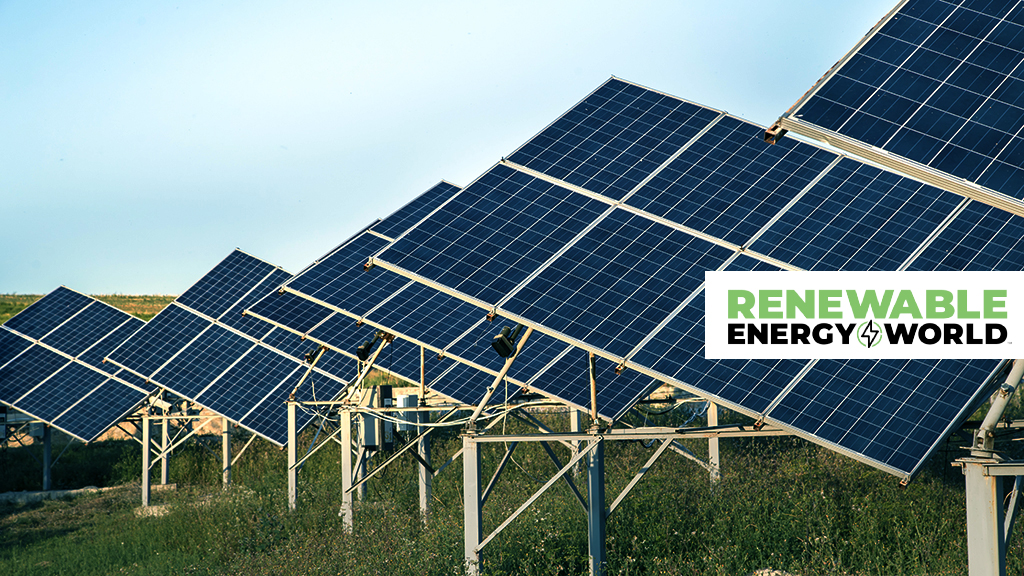
Powering the Energy Transition Through Joint Ventures and Partnerships
The energy transition is facing headwinds at a crucial time for maintaining momentum – but the explosion of new joint ventures and partnerships in clean energy is a bright spot.

The energy transition is facing headwinds at a crucial time for maintaining momentum – but the explosion of new joint ventures and partnerships in clean energy is a bright spot.


JV agreements can be tailored to more effectively prevent, de-escalate, and resolve disputes.


Terminations of joint ventures and partnerships should not be surprising, but they often occur earlier than anticipated and can leave partners unprepared.


Monitoring the management, operations and risks of your company is difficult enough for any board. How can joint ventures help?


Businesses are increasingly partnering to meet their strategic objectives — but neglecting governance puts JVs and their shareholders at risk.


Today, companies are under extreme pressure to improve environmental, social, and governance (ESG) performance.


Companies are under intense pressure to improve their environmental, social, and governance (ESG) performance.


More than 5,000 joint ventures, and many more contractual alliances, have been launched worldwide in the past five years.


Companies in the oil and gas, chemicals, and mining sectors are among those with the highest environmental, social, and governance (ESG) risk profile.


Successful companies actively manage their businesses through periods of economic growth, downturn, and recovery.